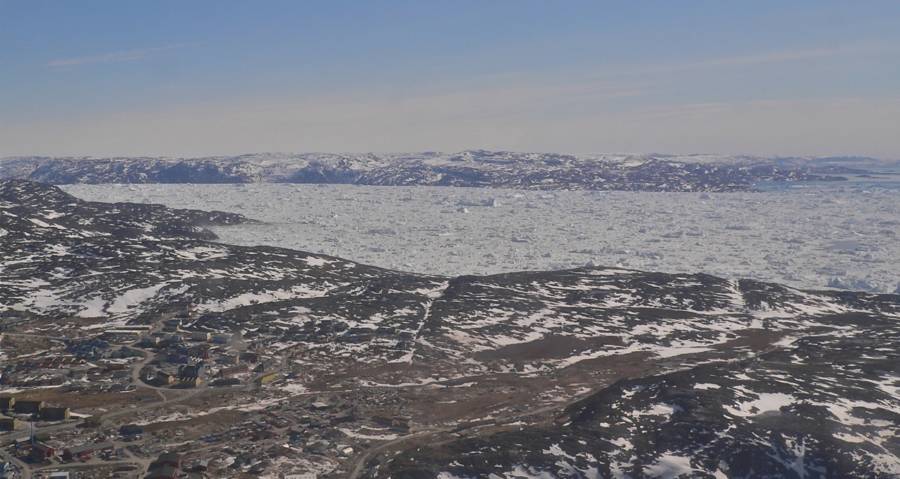Why Walruses May Be Responsible For The Vikings Baffling Demise In Greenland

The upper jaw bone of a Walrus with tusks.
Researchers studied walrus ivory from museums around Europe to help them reach their conclusion.
The debate surrounding the Norse’s decision to settle on icy and treacherous Greenland, as well as their prosperous existence on such rough terrain has raged for decades. But, a new report may hold some long awaited answers.
The Norse relied on farming, fishing, and trading to survive, but a new study published in the Proceedings of the Royal Society B confirmed a specific trade item that could have led to their prosperity and downfall: walrus ivory.
The researchers for the study visited museums across Europe and examined walrus tusks, bones, and objects constructed from their ivory to determine their origin. What they discovered shocked them.
Before the Norse settlement’s peak around mid-1100s-1400, most of Europe’s ivory came from the east. However, the report states that a “significant shift in trade from an early, predominantly eastern source towards a near exclusive representation of Greenland ivory” occurred.
According to the Associated Press, during the Norse’s heyday, at least 80 percent of the walrus ivory that was traded came from Greenland. Life in Greenland was extremely difficult for the Norse people so they had to rely on trade to get many of their necessities.

A fjord full of ice in Greenland.
“If they wanted to survive in Greenland, they actually had to trade, because there were items they just couldn’t get – like raw materials such as iron,” Jette Arneborg, an expert on Norse Greenlanders at the National Museum of Denmark who not involved in the study, told National Geographic. “So from day one they needed something to trade – and we of course suspect it was the walrus tusks that were their main trade items.”
Based on the evidence collected in the study, it is believed that the Norse Vikings relied heavily upon the walrus ivory trade to Europe to thrive. So when outside factors began to affect the demand for the ivory, they suffered greatly.
The Norse settlements became extinct sometime in the 1400s, which was a little bit after life in Europe had been decimated by the onset of the Black Death as well as the Little Ice Age. These huge events could have shifted the Europeans priorities away from walrus ivory, leaving the Norse with a trade gap that they were no longer able to fill.
Poul Holm, an environmental historian at Trinity College in Dublin who was not involved in the study, told the Associated Press that “the fading allure of the product locks society in decline.”
Other factors besides the decline of the walrus ivory trade are believed to have played a part in the Norse’s extinction. Factors such as climate change, the destruction of Norse farmland due to rising sea levels, and the loss of contact with Norway, who was an important trade partner, are all said to have contributed.
Bastiaan Star, an ancient DNA expert at the University of Oslo and lead author of the study, told National Geographic that this Norse example of reliance on another region was one of the first examples of what would later become a more common practice.
“It’s an early record, I think, of globalization,” Star said. “Whereby you have demand from Europe already having an impact in the remote Arctic region, thousands of kilometers away, hundreds or thousands of years ago.”
The mystery surrounding the Norse’s unprecedented rise and startling extinction is far from solved, but this latest discovery brings researchers one step closer to finally unlocking the truth.
No comments: